(You can see all my pictures in this Cobaya Chang at the Vagabond flickr set).
The Vagabond – situated in the wonderfully refurbished 1950's gem of a motel by the same name – hosted us on a Monday (when they're usually closed) so that we could have the entire place to ourselves, and so the kitchen could devote its focus to our twenty-five guinea pigs. After a round of drinks at the bar, we settled into a couple long tables in front of the brightly lit open kitchen.
Chang's first dish didn't look like much: a few slabs of half-cooked fish in a wide bowl. But it was sneaky. The triggerfish tataki was topped with a dab of a preserved key lime purée[1] and wisps of bronze fennel, then a golden charred onion dashi was poured into the bowl tableside. Fresh, firm fish with just a hint of smoke from grilling; a more defined whiff of smoke and sea from the dashi, bringing umami without heaviness; brightness and tang from the preserved key lime; a subtle, judicious addition of browned butter, a bit of richness to stretch the flavors. Really well done stuff.
(continued ...)
Chang's next dish featured another clever repurposing of a common local fruit: mangoes. The velvet-textured, highly perfumed mango has gone from symbol to stereotype of Florida cooking over the years. But still and yet, they're delicious, and the season is just starting. So it was great to see Chang find something new and different to do with them. This dish combined slices of the fresh fruit together with salted and preserved mango "umeboshi"[2] he'd prepared, over a thickened soy milk pudding topped with a haystack of julienned shiso leaves and crispy shallots for some textural contrast. Bright, fresh, and a new take on a ubiquitous Florida summer ingredient.
Foraging is not exactly a new thing – the influence of Rene Redzepi's Noma has turned chefs around the world into hunters and gatherers – but it's still not found its way into many Miami restaurant kitchens. Chang is looking to change that: here, he dusts royal red shrimp[3] with dried seaweeds (foraged from along Key Biscayne) to bump up those oceanic flavors. The shrimp were served over a verdant sea purslane purée (another foraged ingredient), together with speckled lettuce leaves, crispy puffed beef tendon for a bit of crunch, and a reduced chicken jus for just a hint of richness. This was another great dish.
When I dined at Carlo Mirarchi's Blanca in Brooklyn a couple years ago, one of the most striking sights was a massive raw sirloin steak waiting on the counter as diners walked in (which was eventually cooked and served toward the end of the meal). Chang did something similar with four sanguine-hued goat loins (another locally sourced ingredient I've not seen many other chefs using here). These were cold-smoked during the dinner and then sliced and plated in a puddle of thickened goat's milk, along with a jus made from the goat carcasses, (local) mulberries and (house-made) vinegar, along with tiny mouse-melons (a tiny cucumber also known as Mexican gherkin) and diced fermented chard stems.
I don't understand why more people don't eat goat: it's rich in flavor but lean and healthy, and when cooked right is every bit as tender as beef or venison. So I was perfectly happy to see a second goat dish follow the first (Chang brought in whole goats to butcher – good on him for making use of all of it). The legs, shoulders and necks were slow-cooked in the fashion of a Mexican barbacoa, then molded into a sort of roulade and seared for service. Along with a guajillo chile infused broth of the meat's braising juices, Chang added a cool salad of cassoulet beans and diced cucumber, dollops of a creamy, spicy guacamole and a scatter of two-toned amaranth leaves.
I've been pretty consistently wowed by the desserts at Vagabond (Chang doesn't have a pastry chef and does the desserts himself), and this was no exception: a creamy ice cream of reduced whey infused with elderflowers, together with a bright green cucumber granita, a sweet, tangy, just slightly vegetal tomatillo jam, and a sprinkle of elderflowers over the top. This is the kind of dessert I love: bright and refreshing, not too heavy, not too sweet, with a great contrast of textures.
While I was impressed by Chang's creativity, and his inspired use of local ingredients, I was equally impressed by the maturity of his approach. He didn't try to do an over-the-top 12-course dinner, sticking with just six dishes. They were all home runs.[4] And there's a simplicity and elegance to his compositions: everything on the plate was there for a reason, nothing felt extraneous.
Given Cobaya's modus operandi, I figure we generally get a crowd of pretty hard-core eaters. So it was surprising to me how few of our guests for this event had been to Vagabond before. I think Alex Chang may be one of the most creative young chefs in Miami right now,and while our dinner was completely off-menu, it was not dissimilar from what he's doing every day at the restaurant.
A big thank you to Alex Chang for putting together an outstanding dinner; to all of his crew at the Vagabond for helping to make it happen (and for agreeing to give us the place to ourselves on a Monday night); and as always most of all, to the guinea pigs whose interest and support make these events possible.
Vagabond Restaurant
7301 Biscayne Boulevard, Miami, Florida
786.409.5635
[1] I think Alex said that he'd gotten a load of key limes a while ago from Muriel of Little River Farm (my CSA farmer), and decided to put them up in the fashion of Moroccan preserved lemons. I've had countless key lime pies over the years, but can't think of anyone who has used them as creatively as this. It reminded me that Muriel had mentioned to me months ago that Chang had quickly become one of their best customers.
[2] Umeboshi are dried, salted Japanese plums – often puckeringly sour and intensely salty – which I find delicious mixed into steamed rice.
[3] Here's another outstanding local product. Royal reds are a deep water shrimp which are found both around Cape Canaveral and in the Gulf of Mexico, which have a softness and sweetness that brings to mind lobster.
[4]I'm ready to ditch the Rob Deer analogy and go with Giancarlo Stanton instead.
[2] Umeboshi are dried, salted Japanese plums – often puckeringly sour and intensely salty – which I find delicious mixed into steamed rice.
[3] Here's another outstanding local product. Royal reds are a deep water shrimp which are found both around Cape Canaveral and in the Gulf of Mexico, which have a softness and sweetness that brings to mind lobster.
[4]I'm ready to ditch the Rob Deer analogy and go with Giancarlo Stanton instead.

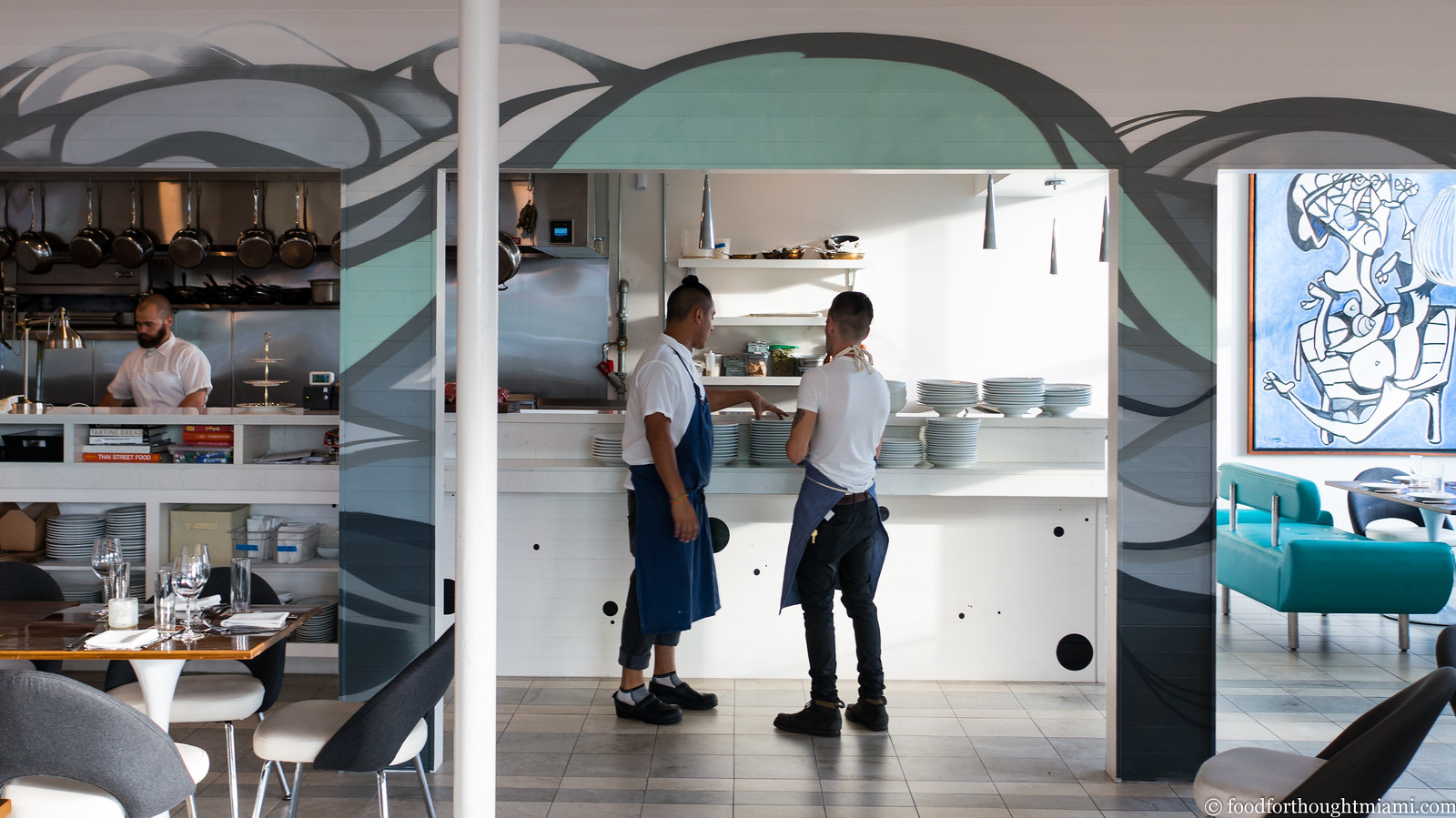
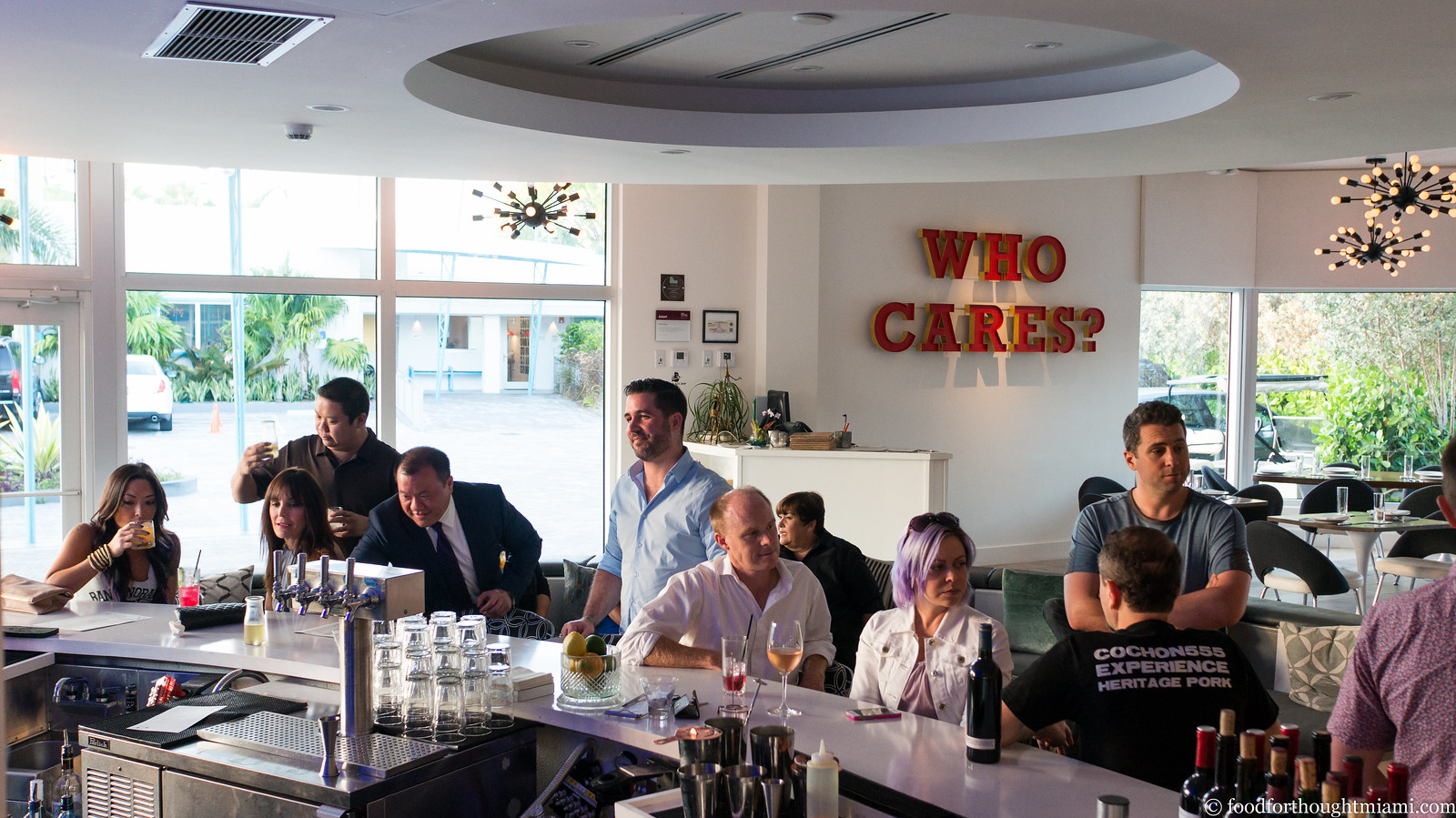
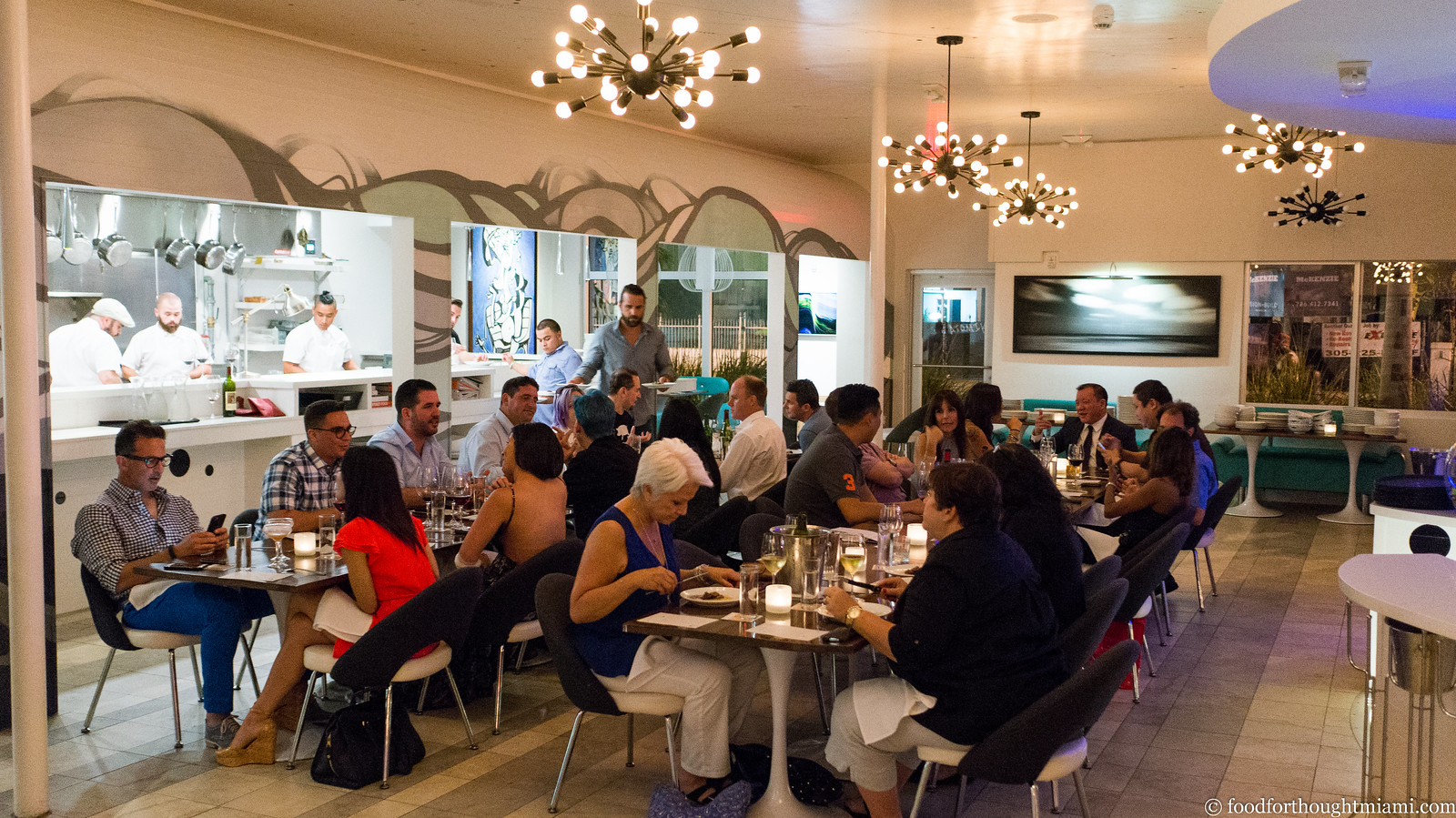

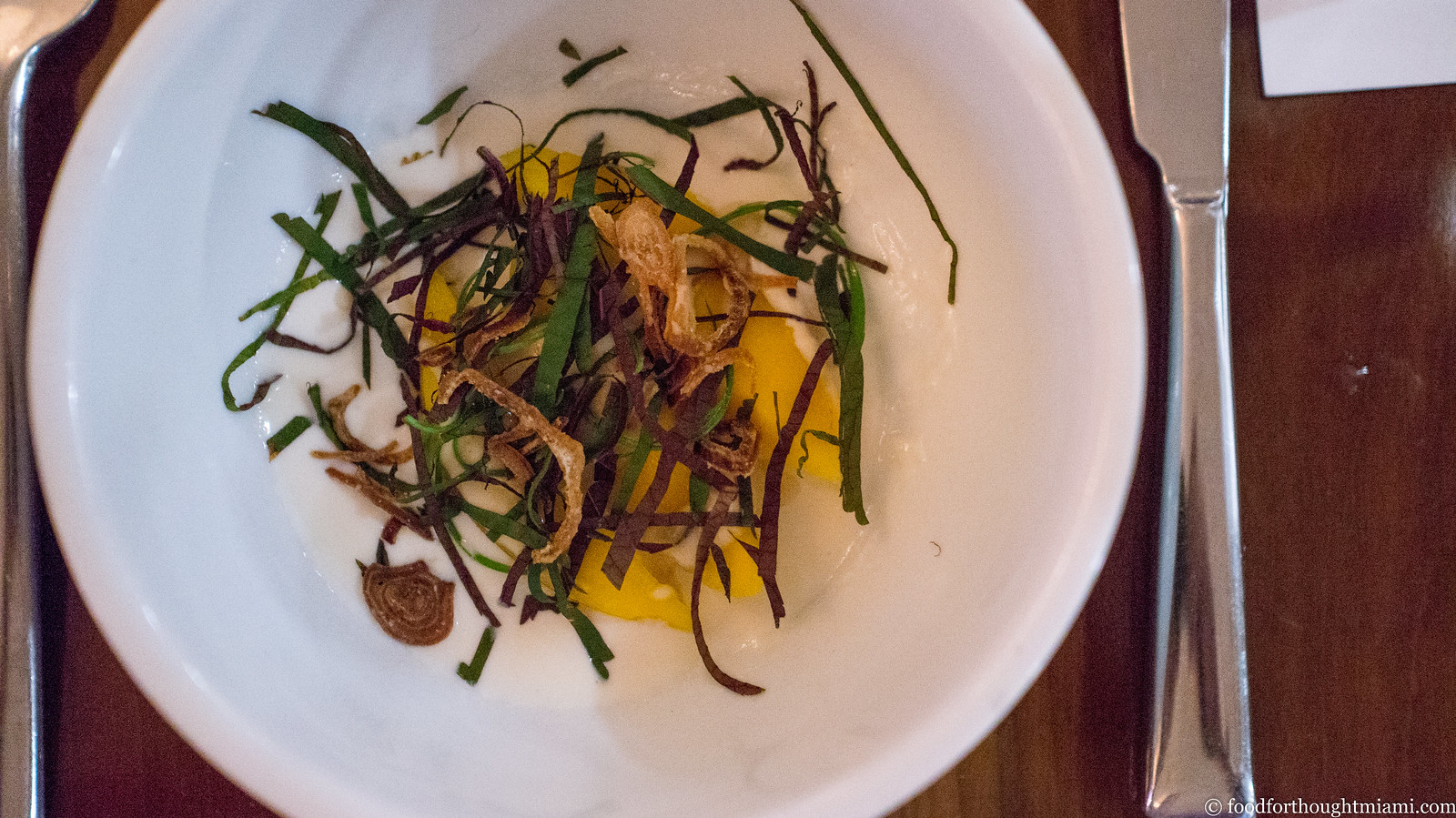
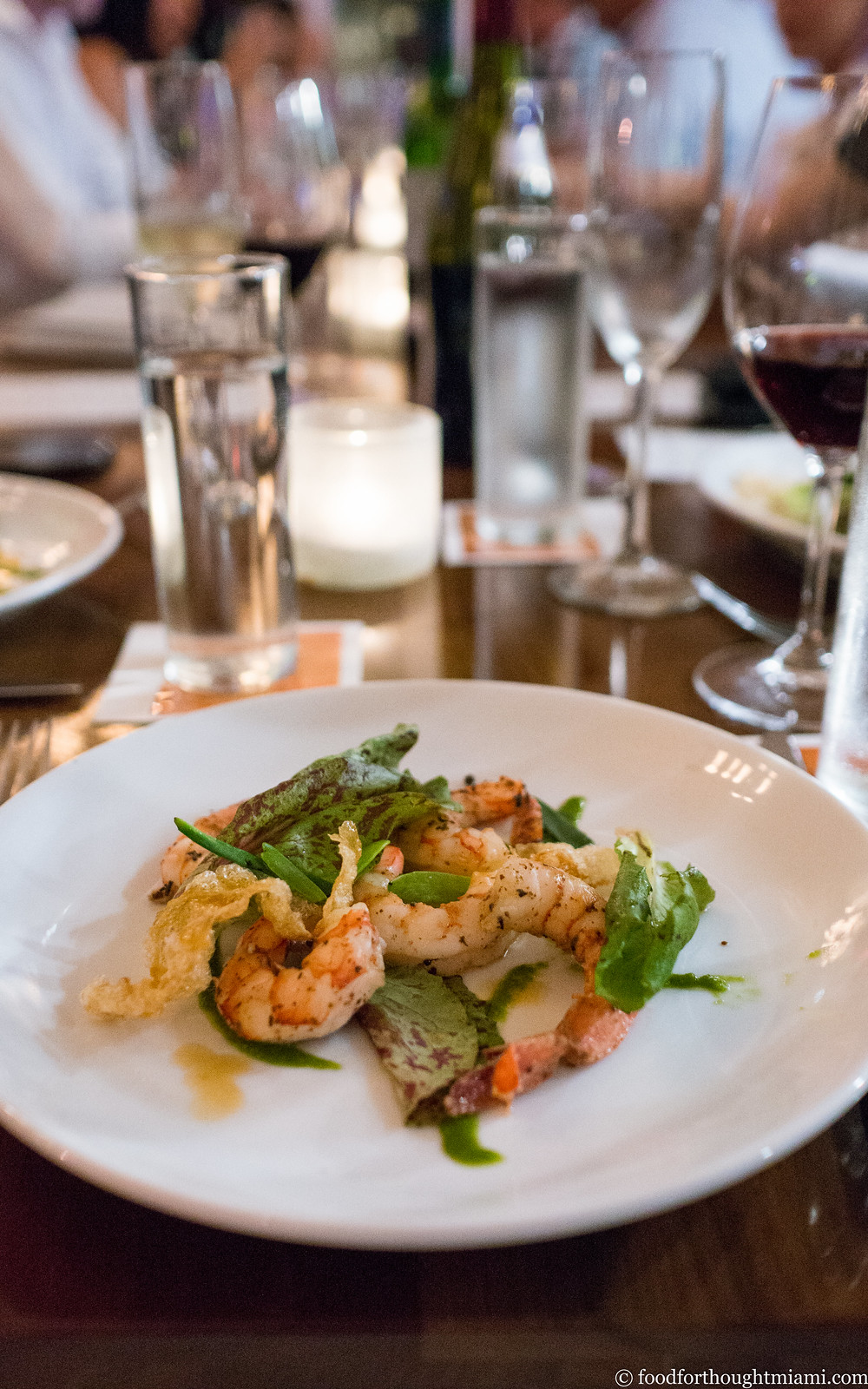
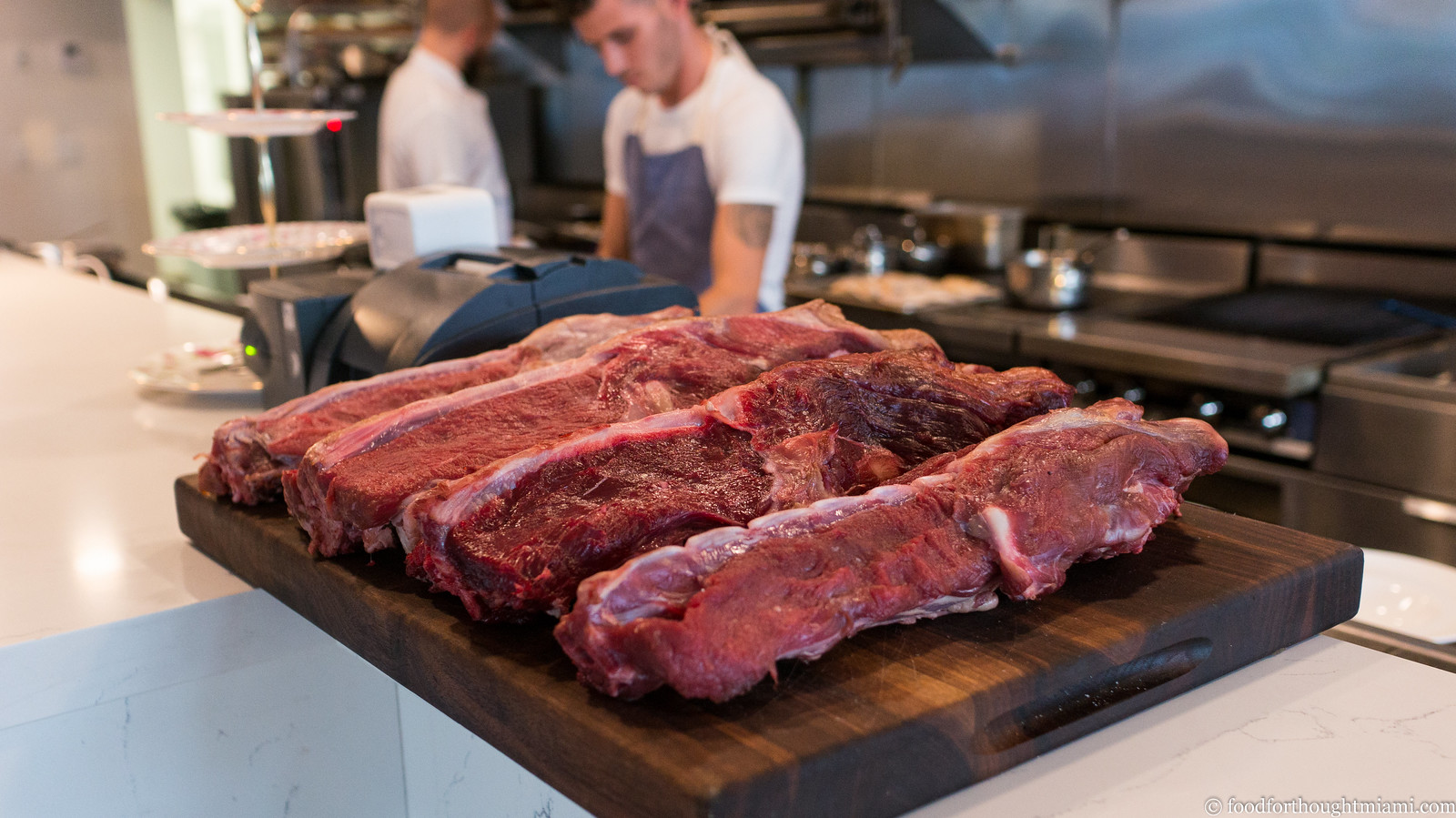

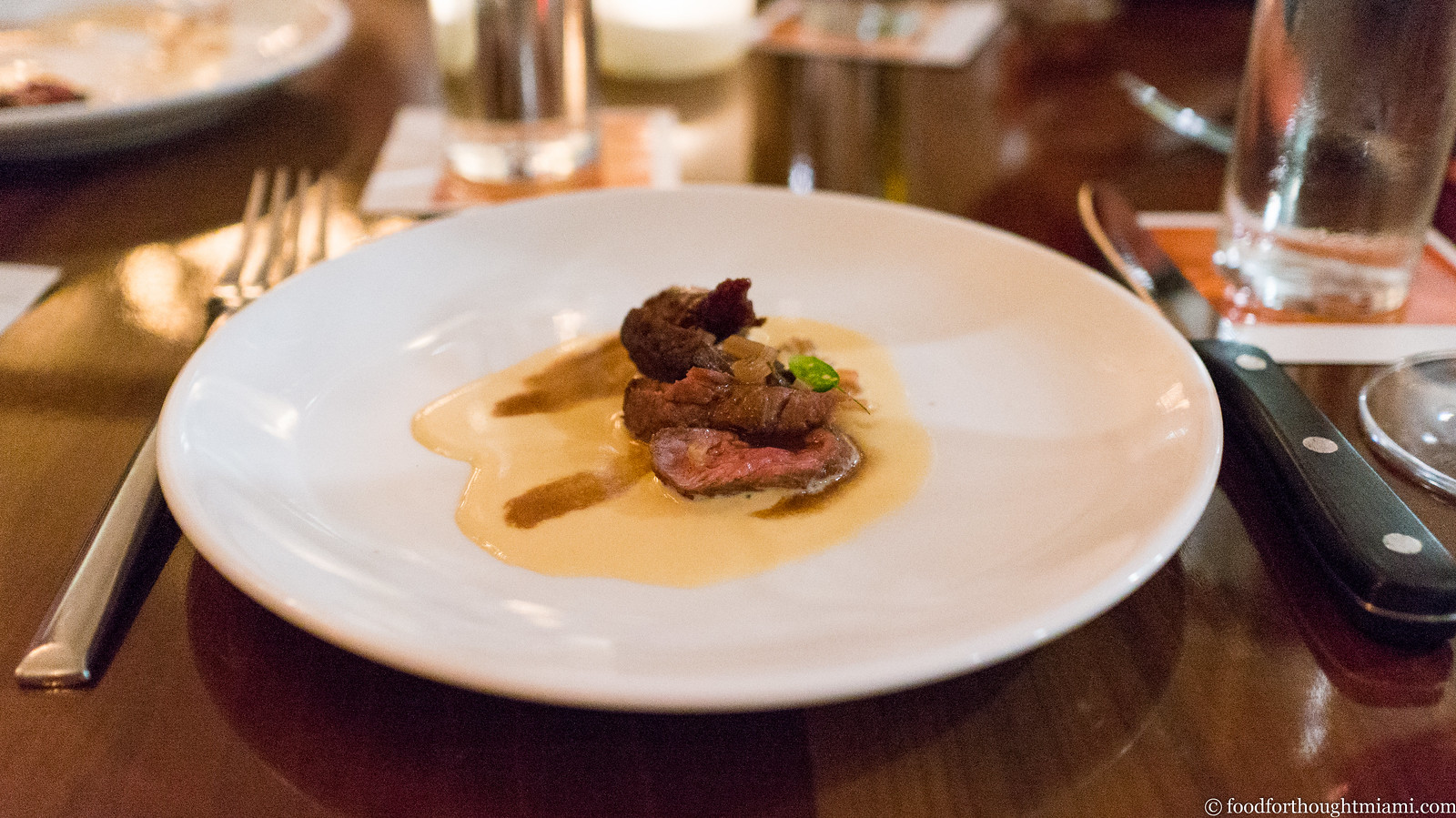
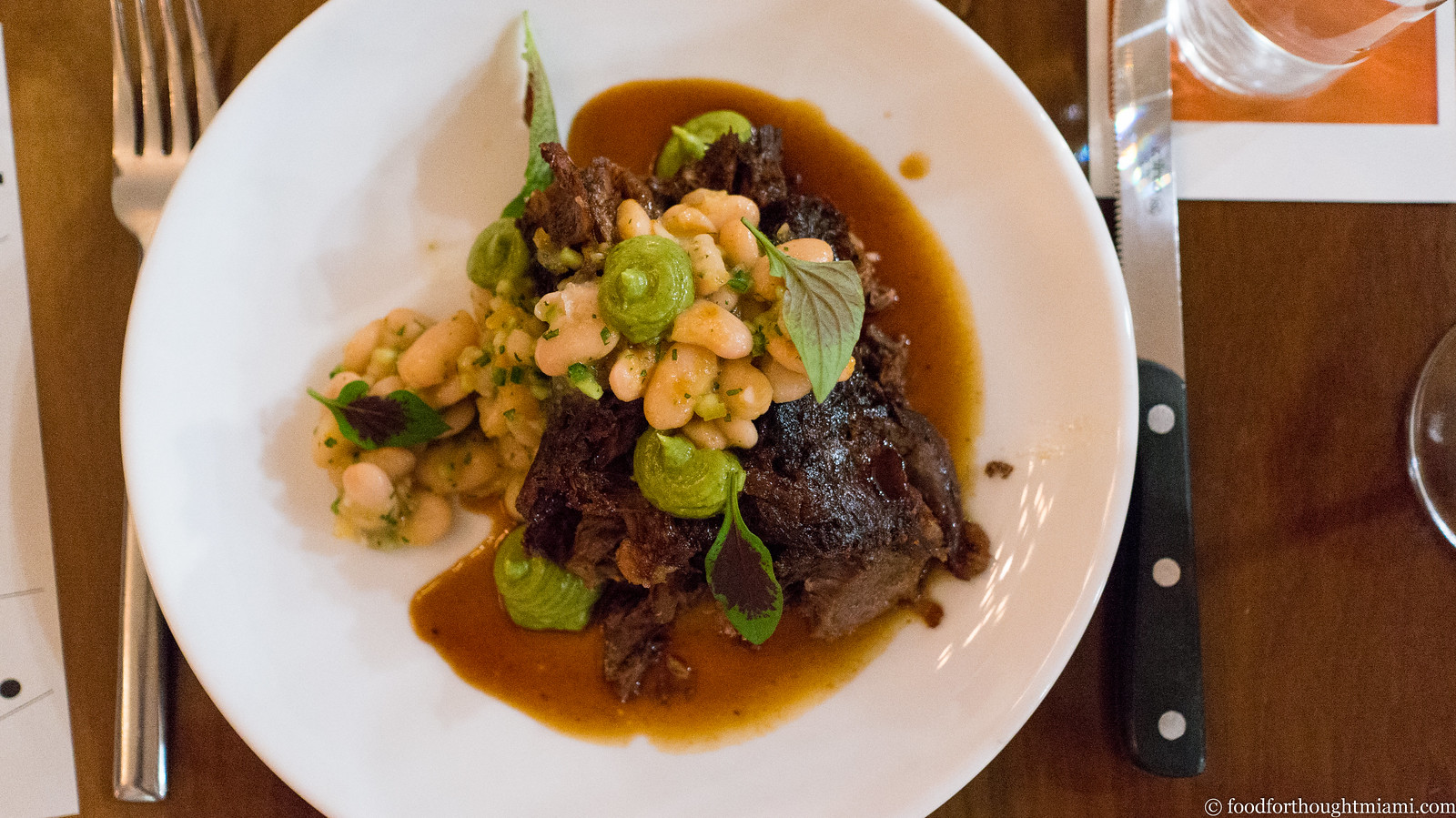
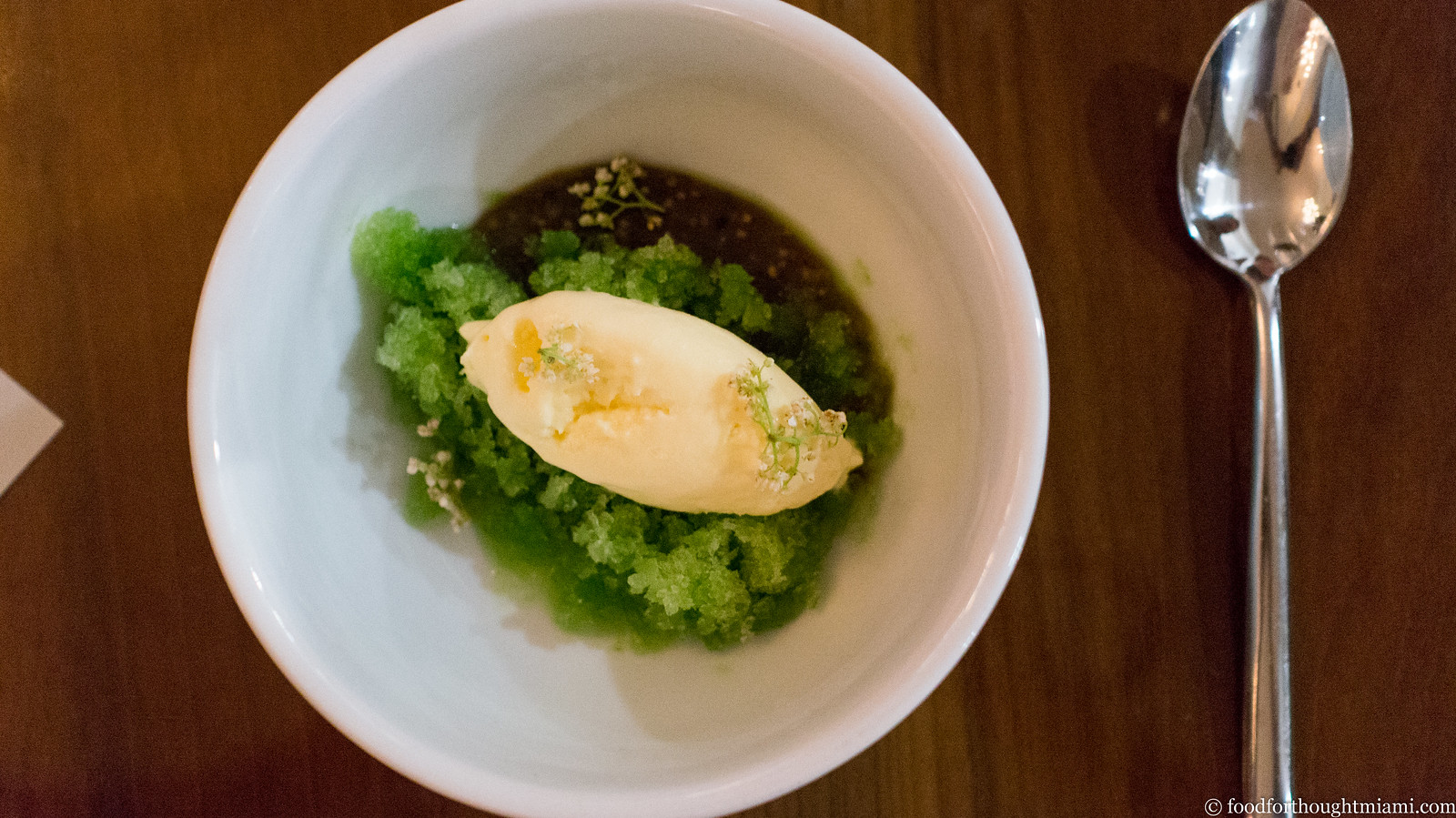


No comments:
Post a Comment